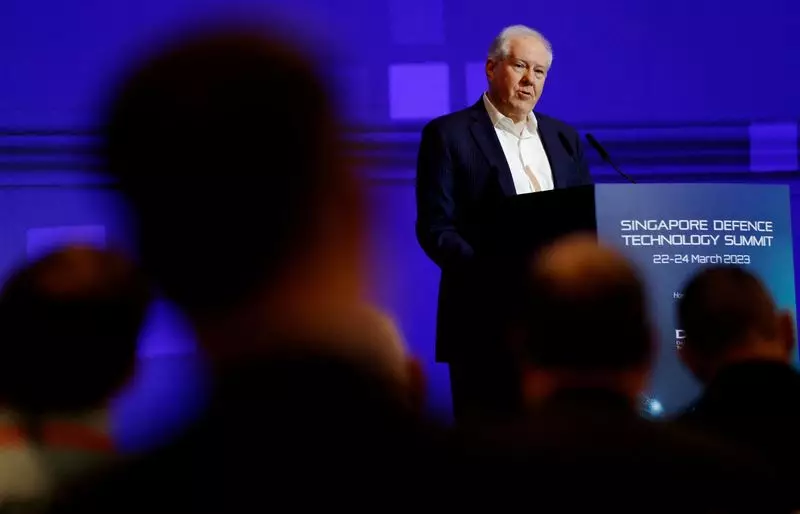Secretary of the Air Force Frank Kendall has expressed the need for a thorough examination of the plans for the Next Generation Air Dominance (NGAD) platform before any decisions are made regarding its future. The rising costs associated with the potential replacement for the F-22, exceeding $300 million per unit, have raised concerns, particularly when compared to the cost of an F-35. Kendall pointed out the evolving threats, particularly from a rapidly arming China, as a key factor influencing the decision-making process. The integration of drones and Collaborative Combat Aircraft (CCA) into the proposed initiatives adds another layer of complexity to the project.
Kendall emphasized the importance of ensuring that the design concept of the NGAD platform is aligned with the current threat landscape and affordability considerations. The initial conception of NGAD predates the emergence of new threats, such as the introduction of CCAs, as well as budgetary constraints that the Air Force is currently facing. The comprehensive review aims to evaluate whether the family of systems, consisting of crewed platforms, CCAs, weapon systems, and communications, is still viable in light of these evolving factors.
The Air Force is already grappling with significant costs associated with modernizing its land-based nuclear deterrent and developing the B-21 bomber. Kendall highlighted the need to assess the direction of the 2026 budget to ensure that investments are aligned with the strategic priorities of the Air Force. Analysts at the Royal International Air Tattoo noted that the depth of the review reflects a shift in focus towards adapting to the evolving threats posed by China, with the NGAD timeline extending into the 2030s.
Industry Competition and International Perspectives
Major defense contractors, including Boeing and Lockheed Martin, are expected to compete for the core fighter part of the NGAD project, underscoring the significance of the program within the defense industry. The reassessment of the NGAD concept has attracted attention in Europe, where projects like Britain’s GCAP and the FCAS/SCAF initiative involving France, Germany, and Spain are also under scrutiny. The upcoming UK defense review and updates from partners in the GCAP project are expected to shed light on the future direction of these collaborative efforts.
The future of the U.S. Next Generation Air Dominance platform hinges on a thorough evaluation of the evolving threat landscape, affordability considerations, and industry competition. The Air Force’s reexamination of the NGAD concept reflects a strategic shift towards ensuring that investments align with the changing dynamics of modern warfare. As the Air Force navigates complex budgetary challenges and technological advancements, the NGAD platform remains a critical component of its future capabilities in deterring and addressing emerging threats.

